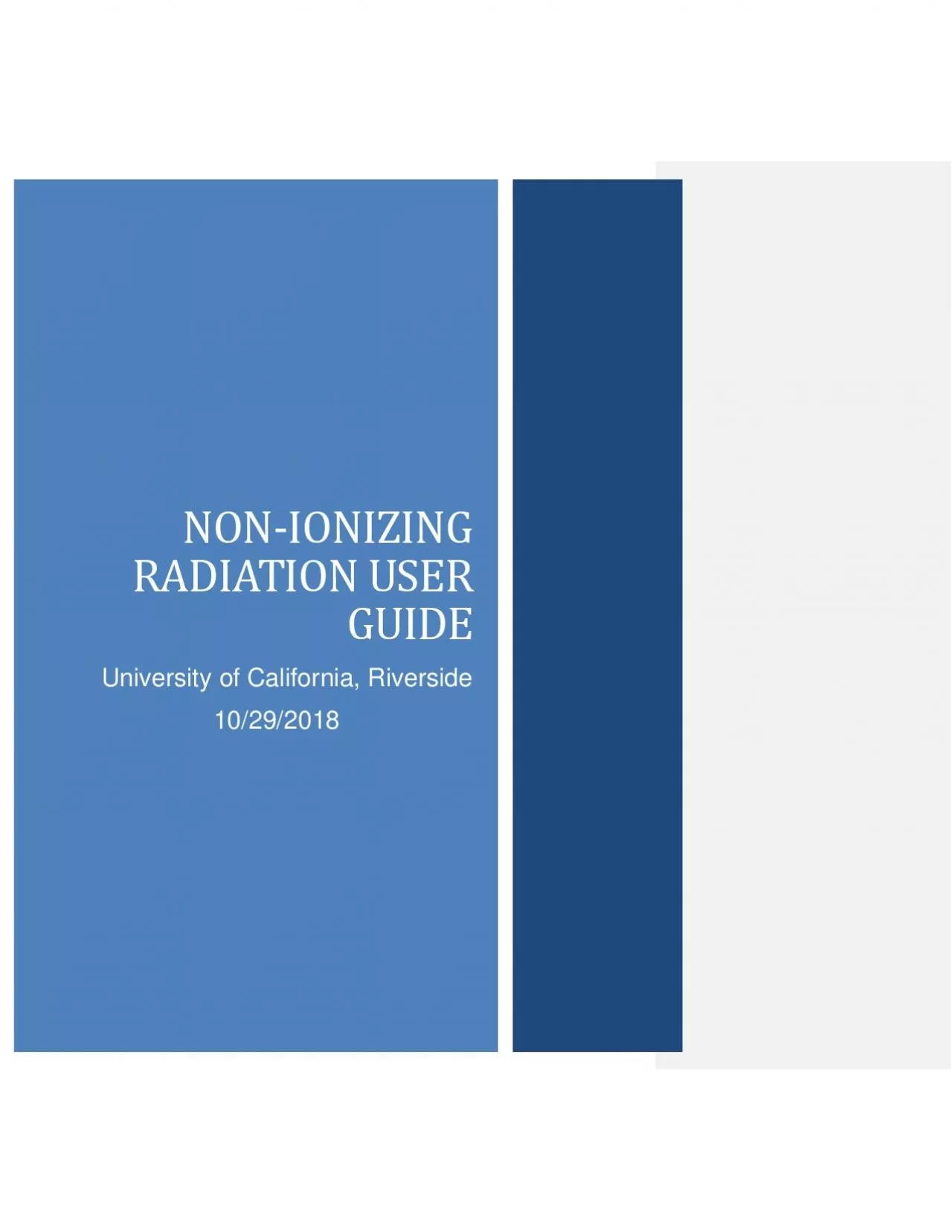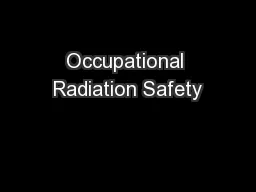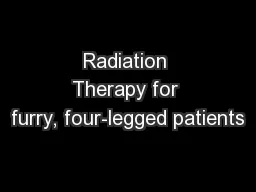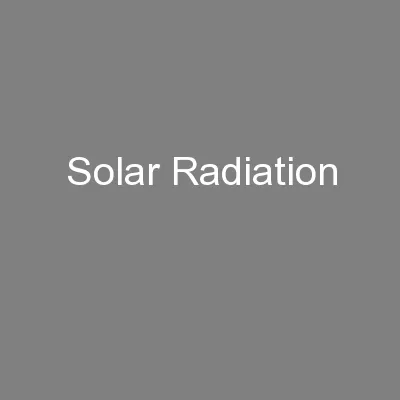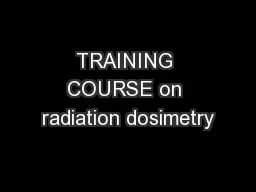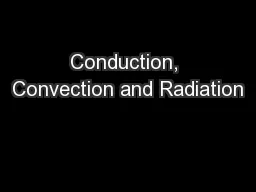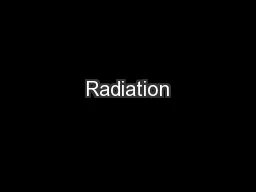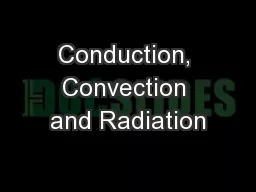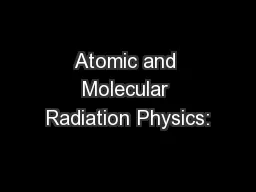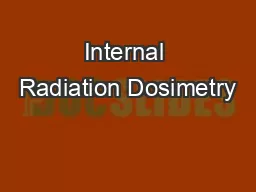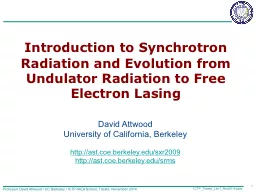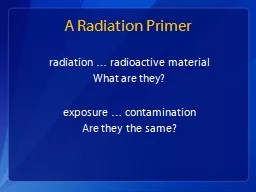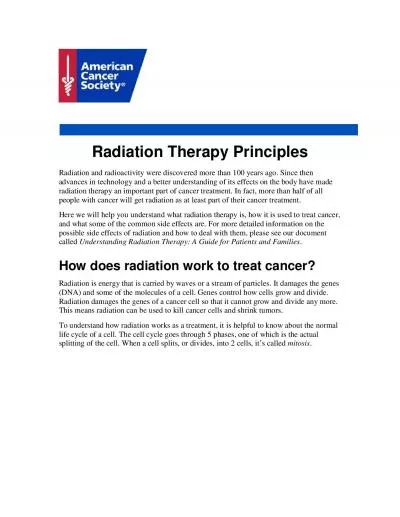PDF-RADIATION USER
Author : evans | Published Date : 2021-09-28
NONIONIZING GUIDEUniversity of California Riverside10292018 1Table of ContentsIntroduction2Ultraviolet UV Radiation2Background2Potential Hazards2Common Sources of
Presentation Embed Code
Download Presentation
Download Presentation The PPT/PDF document "RADIATION USER" is the property of its rightful owner. Permission is granted to download and print the materials on this website for personal, non-commercial use only, and to display it on your personal computer provided you do not modify the materials and that you retain all copyright notices contained in the materials. By downloading content from our website, you accept the terms of this agreement.
RADIATION USER: Transcript
Download Rules Of Document
"RADIATION USER"The content belongs to its owner. You may download and print it for personal use, without modification, and keep all copyright notices. By downloading, you agree to these terms.
Related Documents

